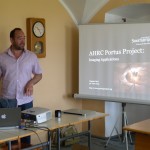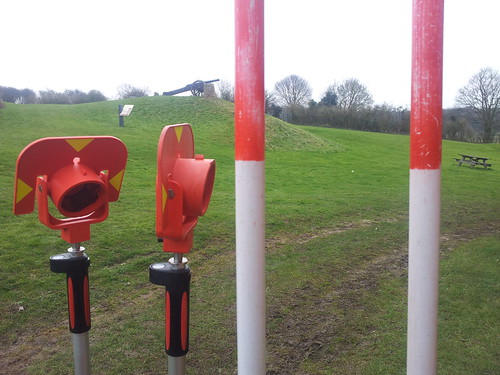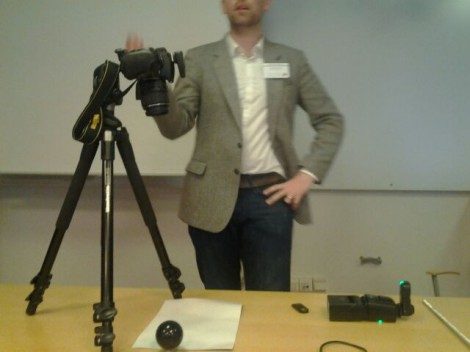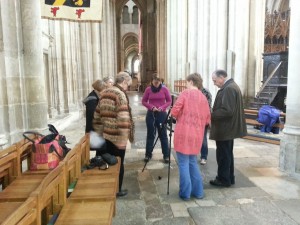
ACRG at field-school in Estonia
Ten days ago three members of ACRG visited Estonia to participate at the archaeological field-school. It was organised by Marge Konsa from University of Tartu who also spent several months in Southampton as a visiting research student. Field-school took place in Lihula, a tiny village in West Estonia. County of Läänemaa is filled with great archaeology, so we could enjoy little of it as well.
Continue reading →









